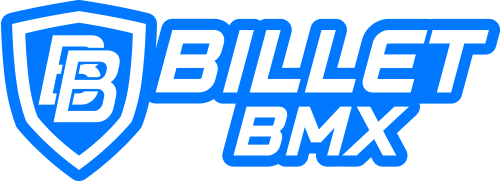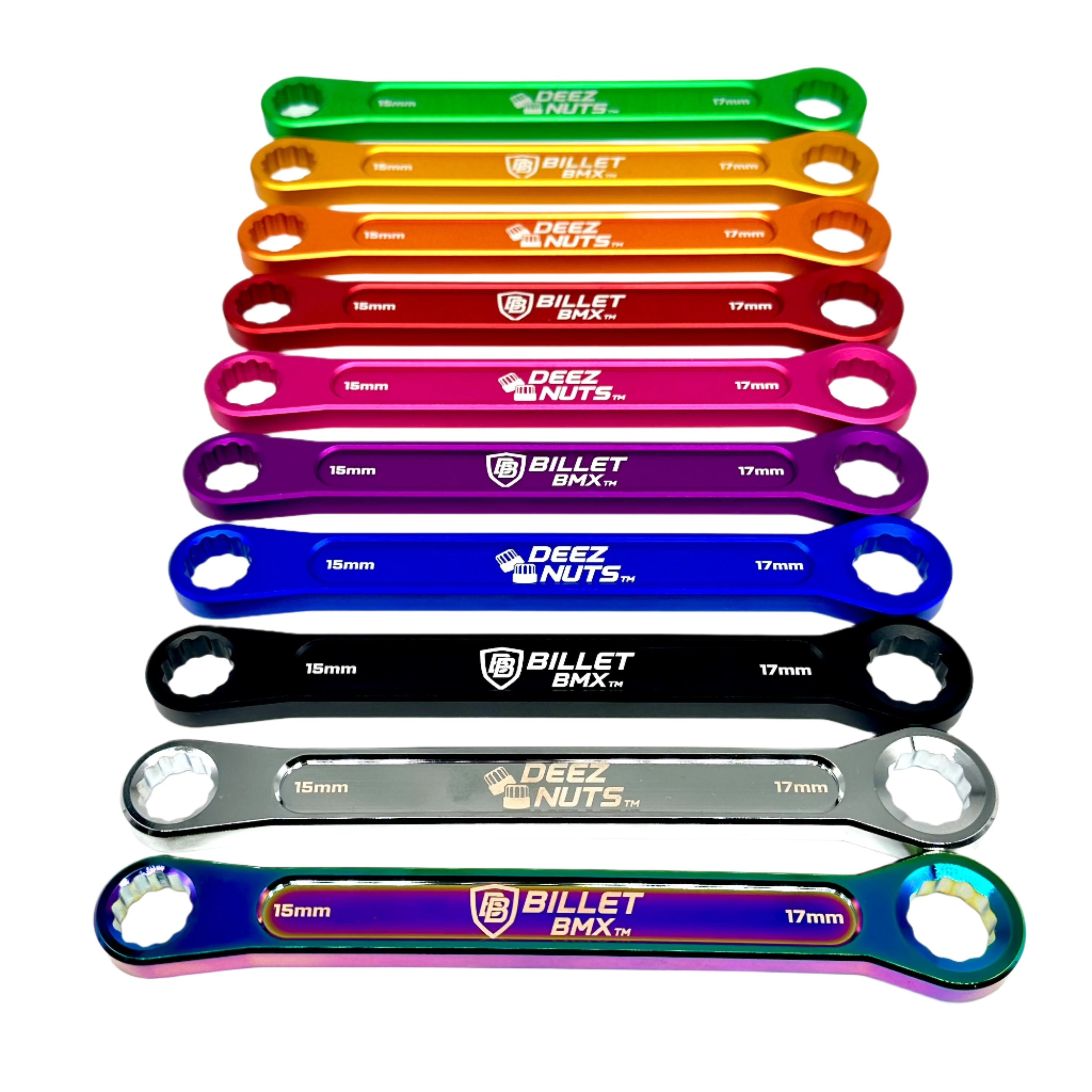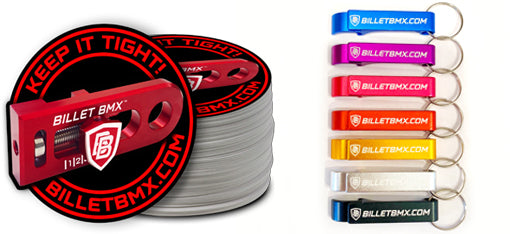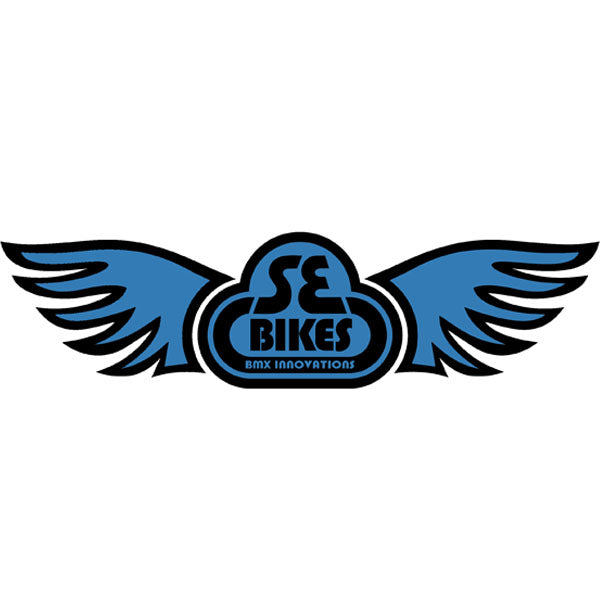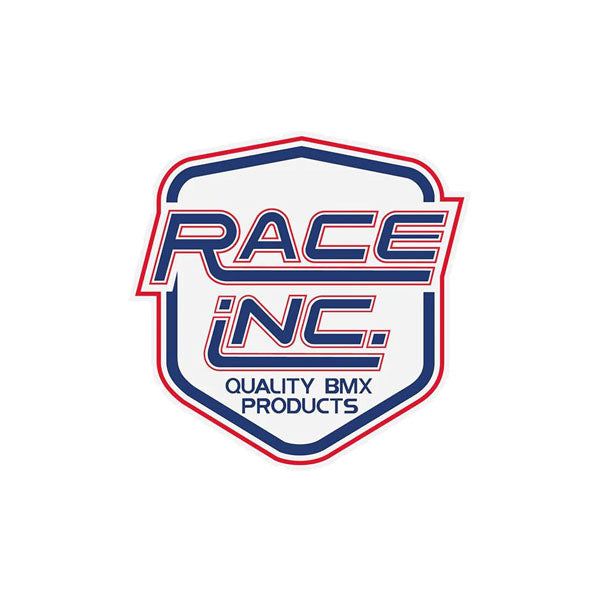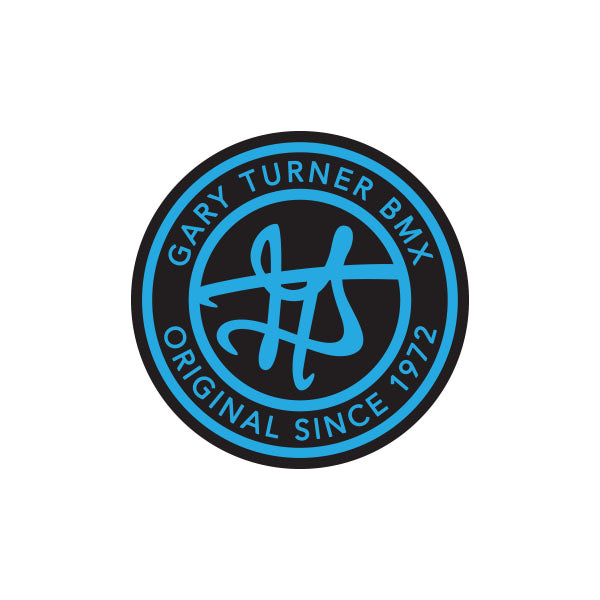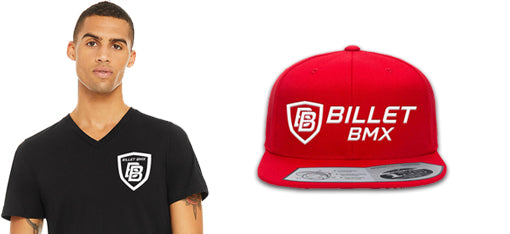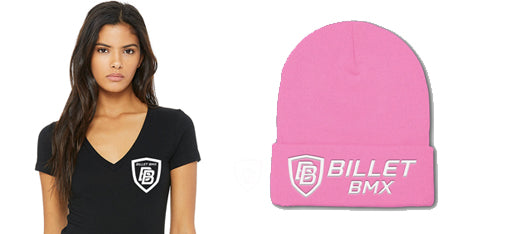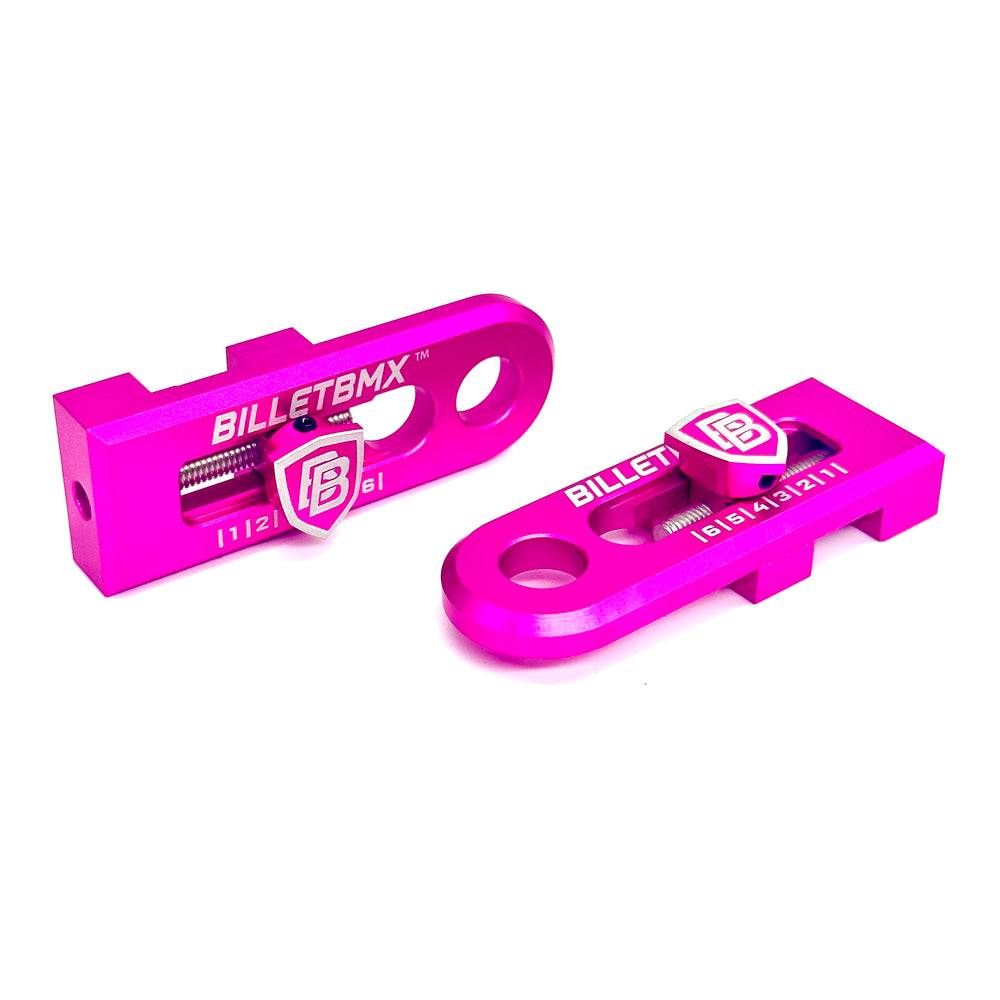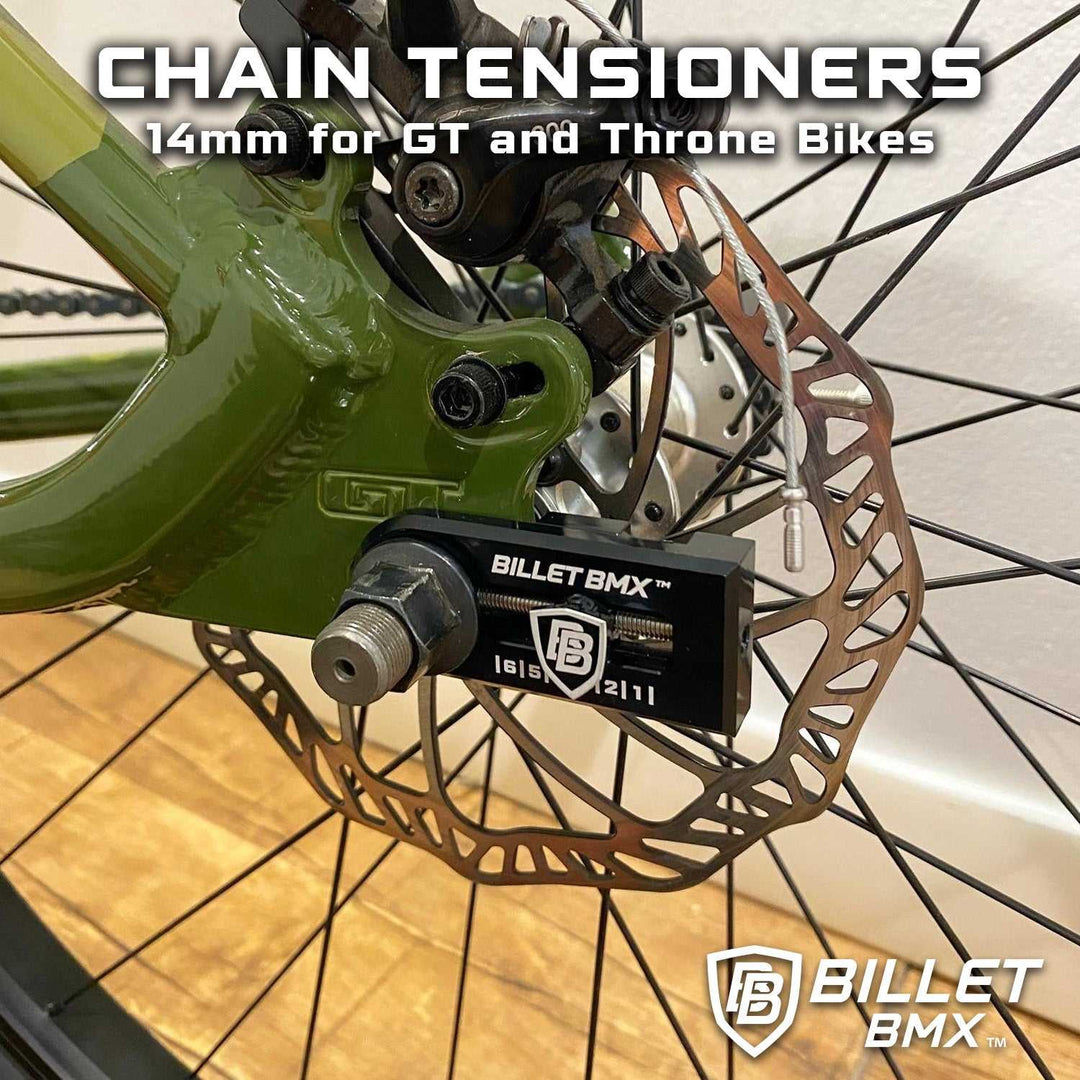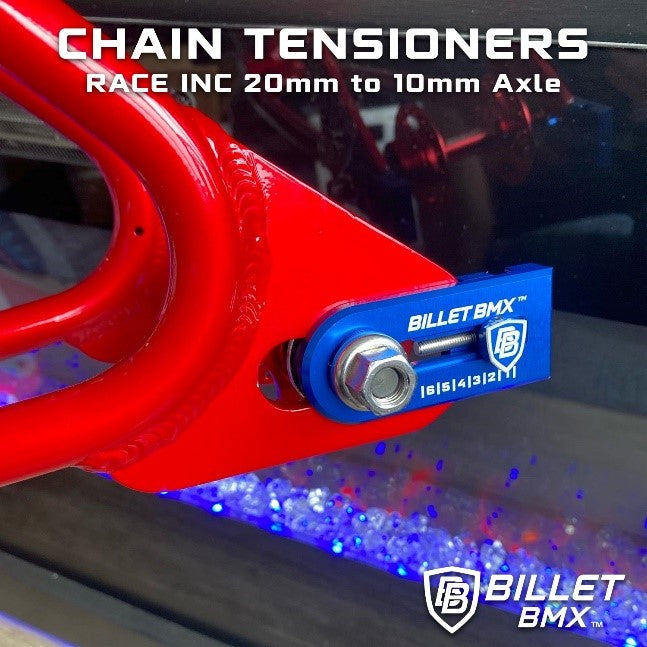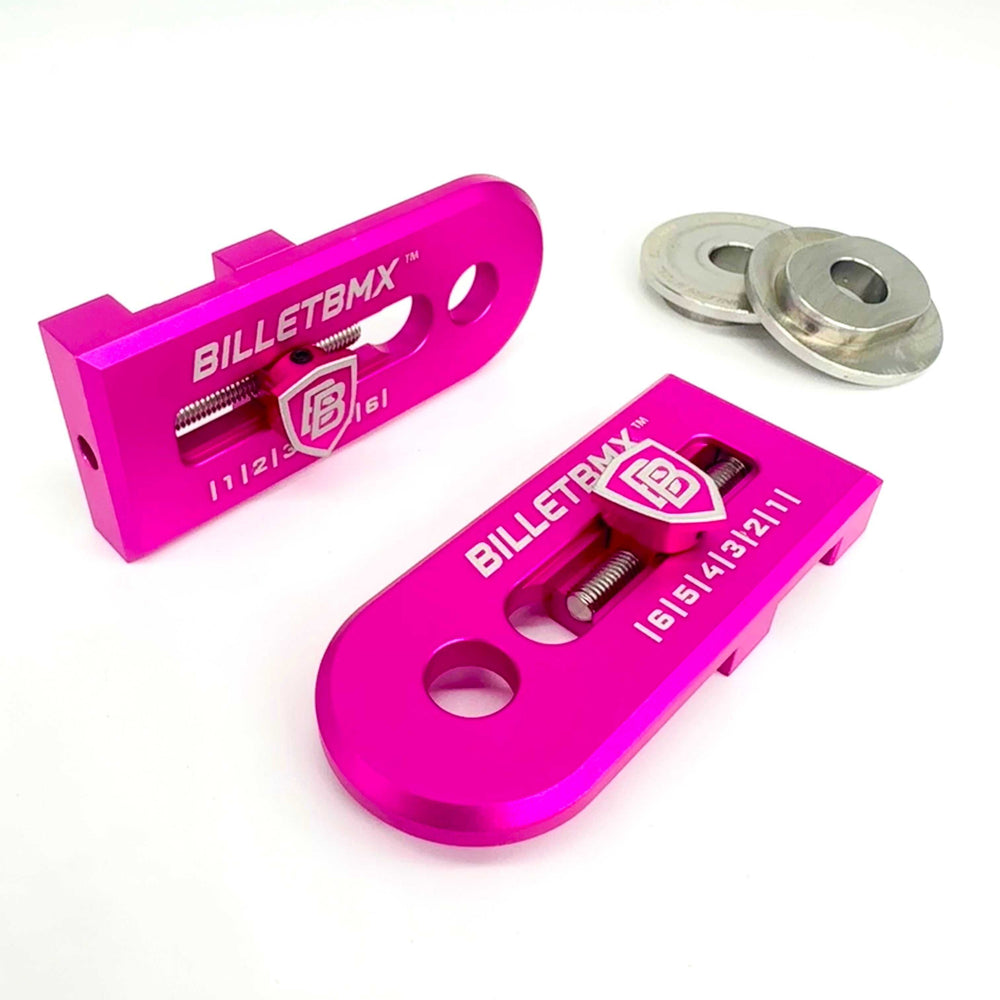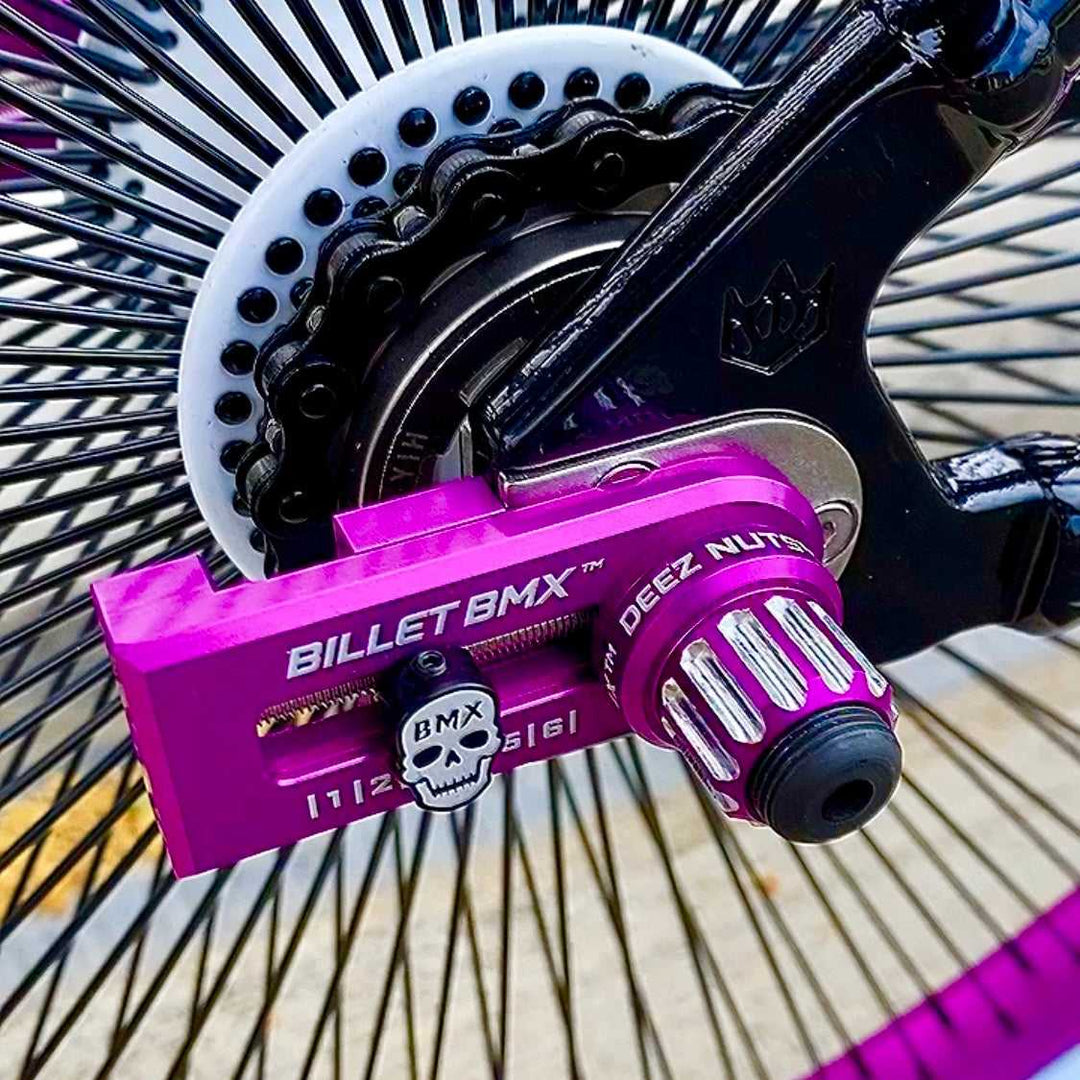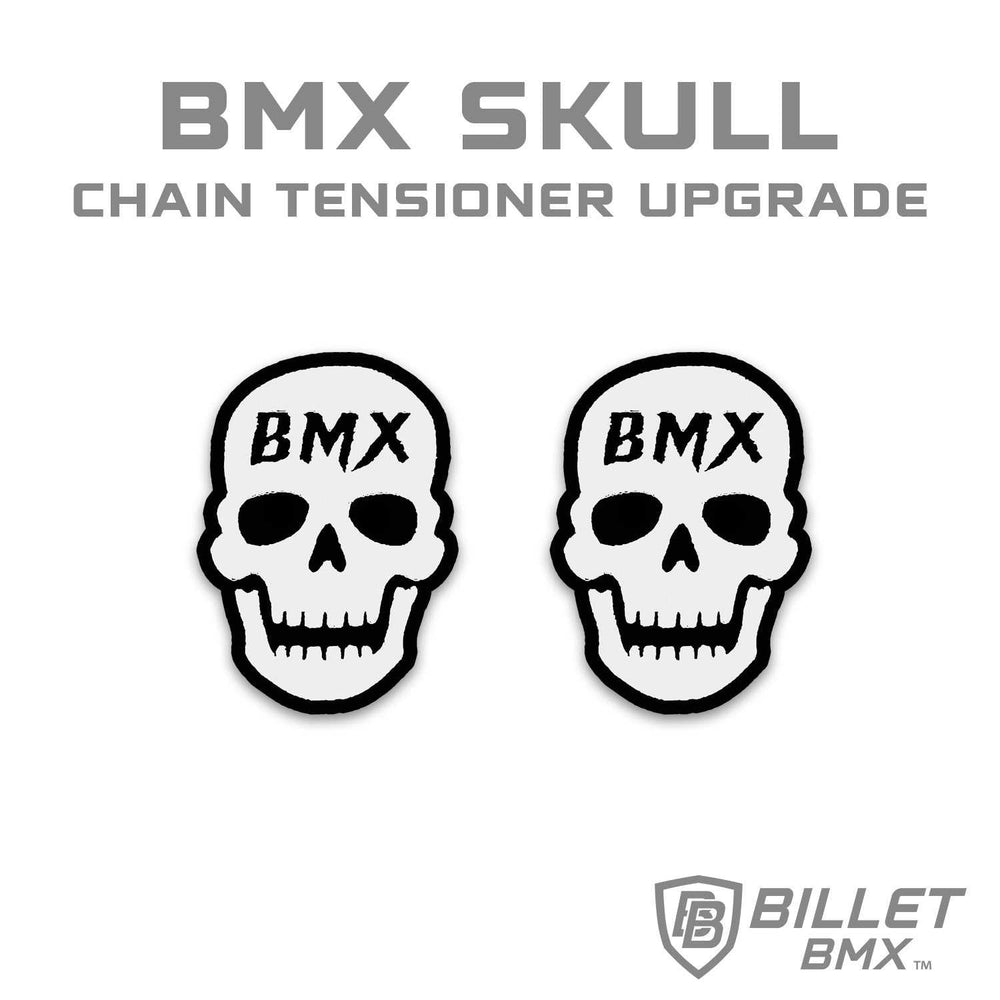Evolution of BMX Bike Parts: Then vs Now

BMX has come a long way since its grassroots beginnings in the dirt lots of the 1970s. What started as kids mimicking motocross on modified bicycles has evolved into a global sport with disciplines like racing, freestyle, park, and street riding. And along with the progression of riding style came the evolution of BMX bike parts stronger, lighter, and more dialed in than ever.
In this post, we take a look at how BMX components have changed over time, comparing classic gear from “back in the day” to today’s modern, high-performance setups.
Frames: From Steel Tanks to Precision Machines
Then: Early BMX frames were often adapted from standard kids’ bikes and made of hi-tensile steel. They were durable, but heavy and stiff, making them harder to maneuver especially for younger riders.
Now: Today’s BMX frames are built from lightweight 4130 chromoly or aluminum, with geometry tailored to each discipline. Racing frames are optimized for speed and stiffness, while freestyle frames feature shorter rear ends, steeper head tubes, and built-in reinforcements for tricks and impacts.
Advancements in welding, tube shaping, and materials now give riders stronger frames at half the weight.
Forks and Handlebars: Strength Meets Control
Then: Old-school forks and bars were straight, narrow, and often prone to bending under pressure. Bars were low-rise and had minimal backsweep, limiting control and comfort.
Now: Today’s BMX forks and handlebars are built for abuse. Forks feature integrated dropouts, tapered legs, and internal butting for strength and weight savings. Bars have grown wider with taller rises (up to 10”+), providing more leverage and stability. Plus, they're heat-treated and tested to survive the hardest landings.
The difference in feel is night and day modern bars give riders the control they need for everything from manuals to big spins.
Wheels and Rims: Built for Speed and Impact
Then: Early BMX wheels used steel rims with loose ball bearings great for cruising but not so great for heavy riding or racing. Spokes would snap, and rims would taco under pressure.
Now: Today’s BMX wheels use double-wall aluminum rims, sealed hubs, and heat-treated spokes for maximum durability. Whether you’re racing or dropping stair sets, today’s wheels are built to take it. Race wheels prioritize lightweight and low rolling resistance, while freestyle wheels focus on strength and shock absorption.
Tubeless and high-pressure tire options have also improved speed, grip, and comfort.
Cranks and Drivetrain: From Clunky to Clean
Then: Early BMX bikes used one-piece steel cranks and loose-ball bottom brackets. Chains would pop off easily, and pedals were basic platforms.
Now: Modern BMX cranks are 2-piece or 3-piece setups made from forged chromoly or alloy, paired with mid or sealed bottom brackets. Riders get smoother power transfer, longer crank life, and more responsive pedaling. Sprockets have become smaller and more durable, contributing to compact, minimalist drivetrains.
For racers, weight and stiffness are key. For freestyle, it’s about strength and smooth grinds.
Brakes: Minimal but Mighty
Then: Old BMX bikes came with coaster brakes or heavy caliper brakes, which were inconsistent and hard to adjust.
Now: While many freestyle riders go brakeless, modern BMX brakes (usually U-brakes or V-brakes) offer precision control, especially in racing. Cable routing and lever feel have improved dramatically, and gyro systems allow full bar spins without cable tangles.
For those who use them, today’s brake systems are lighter, stronger, and far more reliable.
Pedals and Pegs: Designed for the Ride
Then: BMX pedals used to be metal platforms with minimal grip, and pegs were often homemade or repurposed from other gear.
Now: Today’s BMX pedals come in metal or plastic with molded pins for grip, built for heavy landings and long sessions. Pegs have evolved into lightweight aluminum or plastic sleeves with specific shapes and lengths for park, street, or grind-focused riding.
Riders now tailor their pegs to their trick styles, something that wasn’t even a consideration 30 years ago.
Chain Tensioners, Headset Caps & More: The Little Things Matter
Then: Most of the small details like chain tensioners, custom headset caps, and precision spacers didn’t exist or were heavily DIY.
Now: Riders can fine-tune every aspect of their bike. Chain tensioners keep drivetrains tight, headset caps add personality, and even bar ends and seat clamps have become stronger, lighter, and more stylish.
Every part now serves both form and function an evolution that reflects the demands of modern BMX.
The Takeaway: Built for Performance, Designed for Style
The evolution of BMX bike parts is more than just a materials upgrade it’s a reflection of how the sport itself has progressed. Today’s bikes are stronger, lighter, faster, and far more customizable than their predecessors. Riders can now build bikes that perfectly suit their discipline, style, and personal preferences.
Whether you’re racing for podiums, grinding downtown rails, or cruising your local park, the right parts make all the difference and at Billet BMX, we’re here to help you find them.
Explore our latest parts, upgrades, and accessories today, and ride the future of BMX built on decades of innovation.
